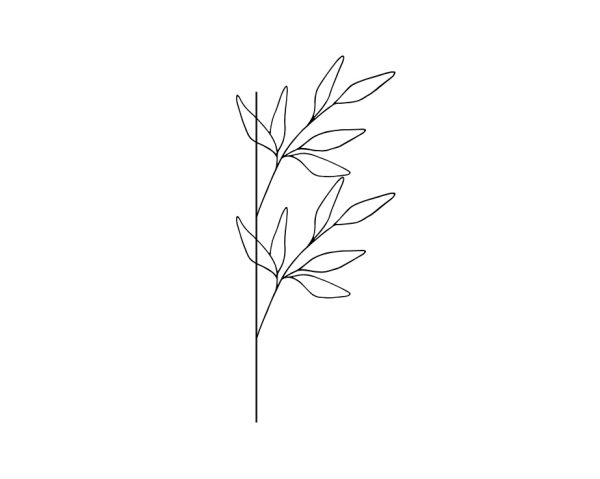All Ace of Spades trace back to Silver Krome Gardens (SKG), and more specifically Denis Rotolante who named it and put it in cultivation. According to Denis Rotolante, the parent plant of the Ace of Spades was labeled Hoffmanii and belonged to the Fennell family who owned the Orchid Jungle Nursery & Tourist attaction in Homestead Florida. A batch consisting of just a few seeds from the Hoffmanii plant was gifted to Denis Rotolante and the Ace of Spades was the pick of the litter and given its name because it looked like a playing card Ace of Spades. From there SKG grew it for many years and sold seedlings and cuttings of it.
The Ace of Spades in our collection and breeding program is one of the older generations of Ace of Spades from SKG before Tezula started distributing them. It was originally acquired by someone who used to live in the US, and was then later sold to a well known collector in Sweden from whom we acquired a clone. It was one of the first anthuriums to enter our collection when we first began our anthurium journey in late 2022. Yes, going in head first! It was very expensive at the time so it was very nerve wracking taking care of it knowing only little of anthuriums and their needs - but it has honestly never been anything but smooth sailing. Even when growing in ambient as just a tiny little baby! However, it needs to reach a very large size before flowering why its hybrids are more rare contrary to many other anthuriums. It also took quite a few attempts before successfully using as a seed parent because its receptive stage is difficult to recognize with only limited stigmatic fluid being produced compared to our other breeding plants. And fingers are still crossed that it will go to term as we're writing this!
Alright, back to the story of the original Ace of Spades! In 1992 the hurricane Andrew hit and the Hoffmanii plant was lost but the Ace of Spades was salvaged. According to Denis Rotolante, it is unknown where the Hoffmanii plant was collected and he only mentions that Fennell traveled the world as part of his Orchid business. His son William Rotolante have though stated that it was collected in South America growing on a tree. The Hoffmanii plant looked nothing like the species going under the same name (albeit slightly different spelling, A. hoffmannii), but was a dark round velvet of the cardiolonchium type and is speculated to have some kind of relation to the Australian Hoffmanii Red Sinus that is now going under the name Blood Moon.
Another fun fact about the Ace of Spades is that it was put into tissue culture in the early 2000s and started being successfully produced albeit in limited quantities. But then all of he sudden the plants coming out started to look like something else. William Rotolante assumed that the bottles had been contaminated, and it happened to be true that the bottles in fact actually had another plant in it. It turns out that it was seeds that originally was tissue cultured, and it was suspected that one of the seeds from the Ace of Spades had been pollinated by a bug and so wasn't a selfing but instead had a different pollen parent. This plant was much faster than the other Ace of Spades seeds and outcompeted the other tissue in the bottles. William Rotolante found this other plant very beautiful and has kept it in tissue culture ever since and named it Queen of Hearts. They have never been able to get Ace of Spades back in to tissue culture cleanly.
The original Ace of Spades that trace back to SKG are typically referred to as dark forms. There is also a green form which I believe originated from NSE tropicals, but I couldn't find much information about it other than Denis Rotolante once made his thoughts about it very clear once. I have seen a few very stunning green form specimens that are nothing less than incredible. They do however look nothing like the dark form and have much more prominent veins. I would think it might be a hybrid of the dark form of some sort.
Curious to explore all the unique hybrids and clones made with this amazing greenfelicities breeding plant? Take a look at our full selection here – we’re sure you’ll find something you’ll love!
.png)
